Root canal therapy (RCT) is a common dental procedure used to treat teeth that become infected or inflamed due to deep decay, trauma, or injury. By performing a root canal, a dentist can remove the infected pulp layer in order to save the tooth, preserving its health and longevity.
During an RCT, a dentist who specializes in endodontics (the endodontist) will remove the infected pulp, clean the interior of the tooth, and shape the empty space for a filling. The tooth is then sealed with gutta-percha material to prevent further infection.
The goal of this procedure is to save the tooth from extraction and restore it to full functionality. Root canal therapy is a safe and effective way to save a tooth from extraction and restore the patient's oral health.
You'll be taken through the procedure step-by-step, so you can rest assured that your tooth will be taken care of with precision and care.
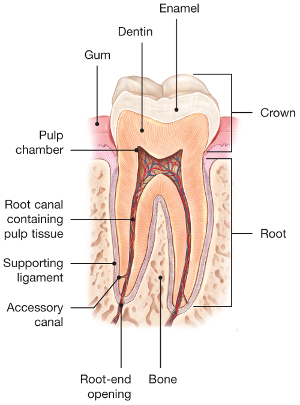
First, your endodontist in Richmond Hill will numb the area around the tooth to be treated. Then, a rubber dam will be placed around the tooth to isolate it and keep it clean and free of saliva.
Then, an opening is made in the top of the tooth, and a small drill is used to create access to the pulp chamber and root canals.
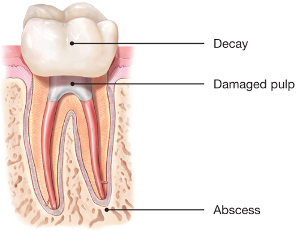
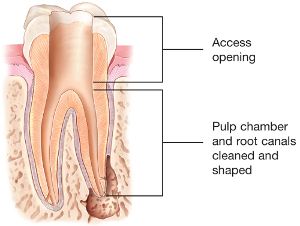
The pulp chamber and root canal(s) are then thoroughly cleaned and shaped to accommodate the endodontic filling material.
After the pulp chamber and root canal(s) have been prepared, a biocompatible material is placed in the canals, and a temporary filling is placed in the opening. This allows time for the tissue to heal before a permanent filling within a month or crown is placed.
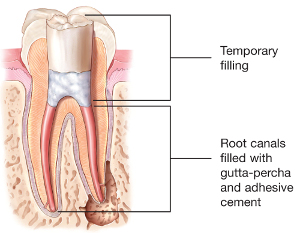
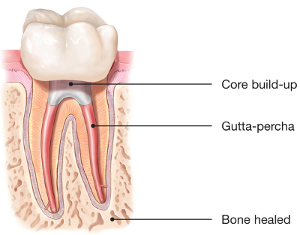
A unique cement used for sealing is then applied to hold the filling in place, and the minimal opening in the tooth is sealed off with a temporary filling. Generally speaking, this will later be capped within two weeks of the root canal treatment’s completion using a restorative dental crown.
With a team of experienced endodontists near you, you can rest assured that your root canal therapy will be performed with the utmost care and precision.
When you search online for an “endodontist near me," you’re sure to be presented with Elgin Mills Endodontic. Our specialists can provide you with the expert attention and precision you deserve. Our team of highly trained and experienced endodontists is dedicated to providing you with the best care possible, ensuring that your treatment is comfortable, safe, and successful.
xWe understand how important it is to have a healthy smile, and we strive to make sure that you're confident in your decision to undergo endodontic therapy. At Elgin Mills Endodontic Specialists, we take the time to explain procedures to you in detail and answer any questions you may have.
Our goal is to make sure you feel comfortable and well-informed every step of the way, from diagnosis to post-treatment follow-up of any types of dental issues. We provide specialized care for all endodontic needs, and we are here to support you throughout the process.
Please contact our team to arrange a visit to receive endodontics in Richmond Hill.